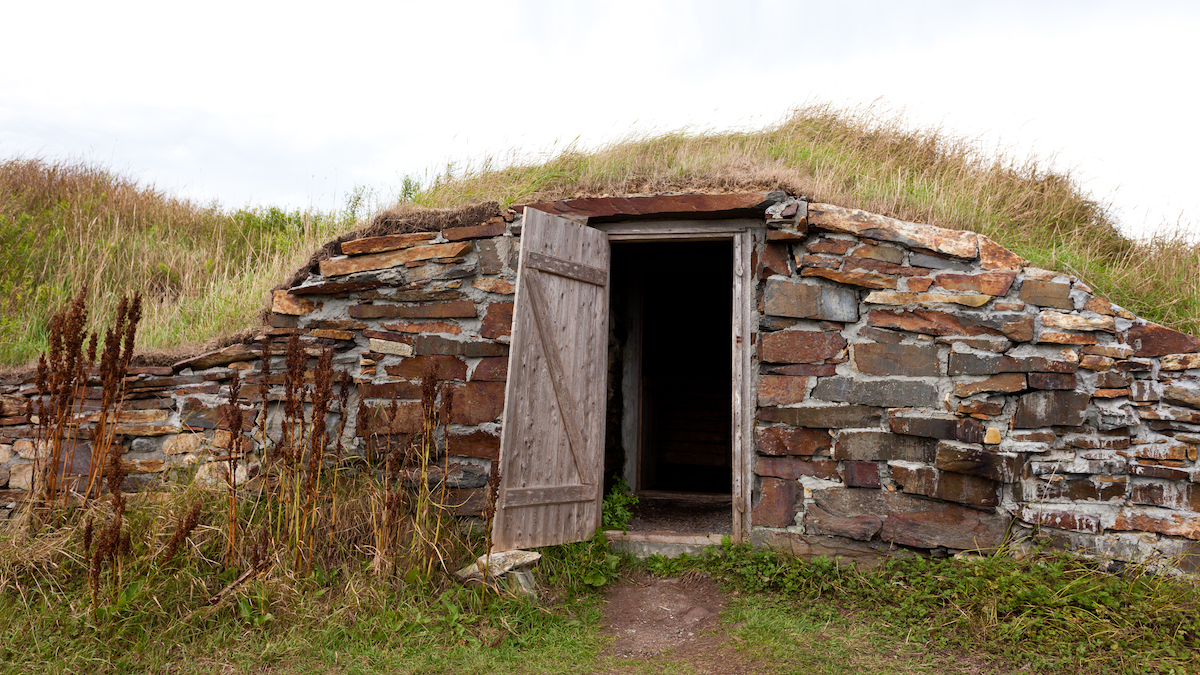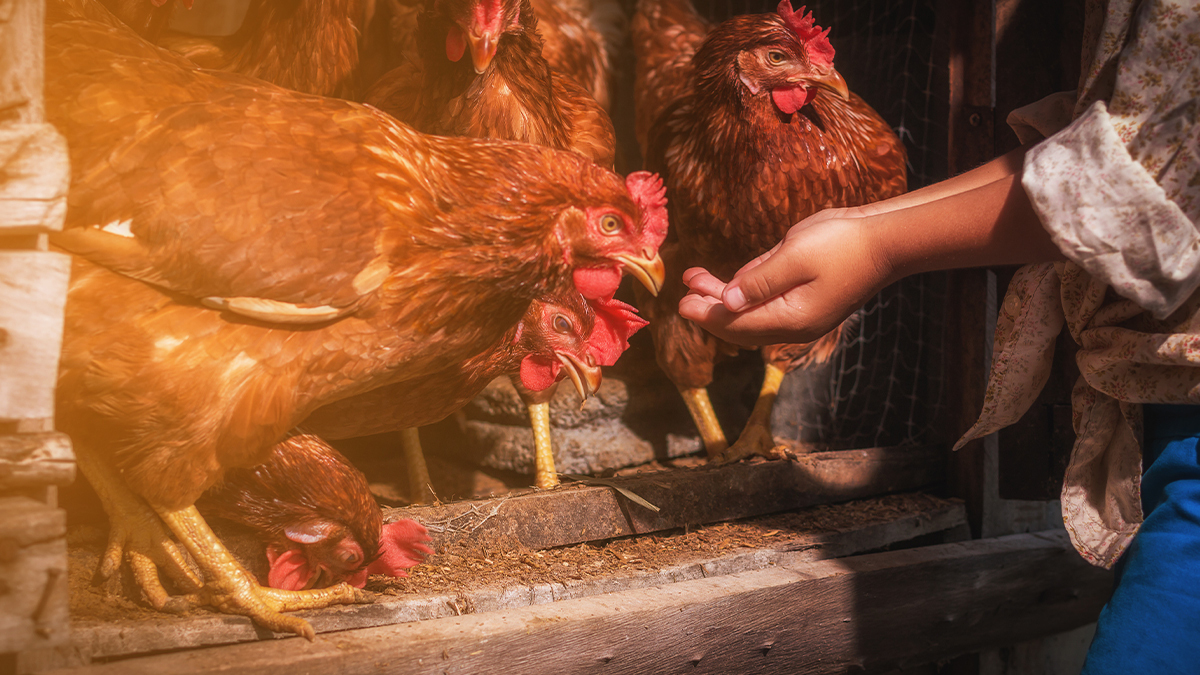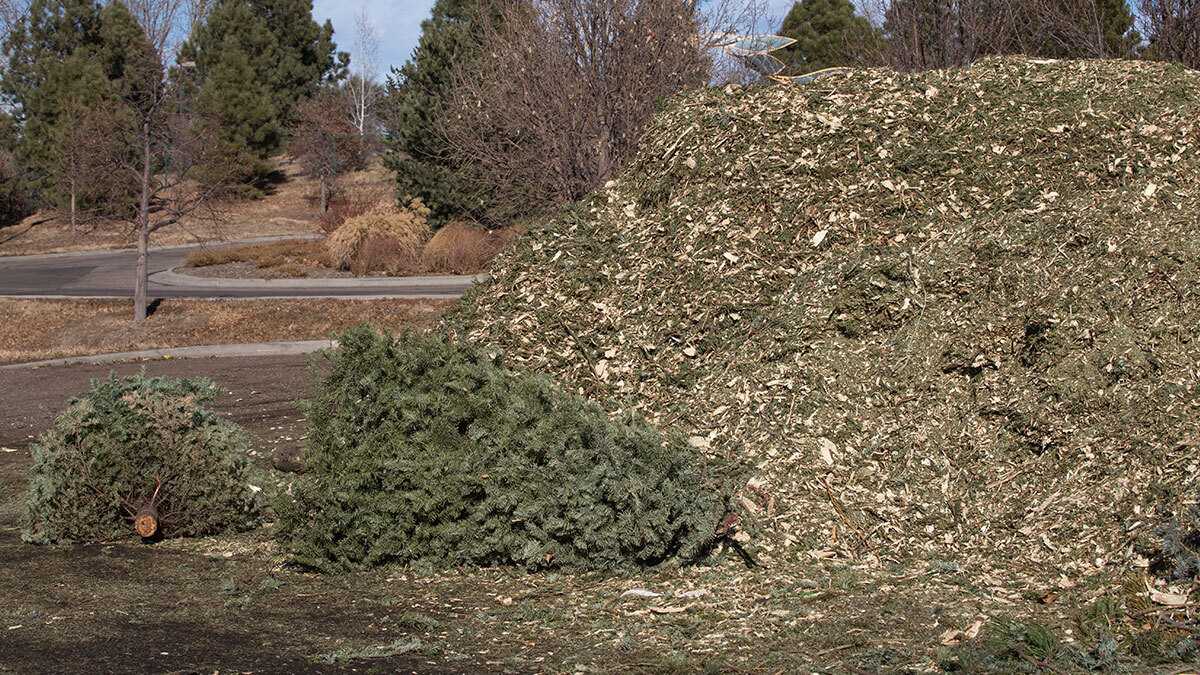on
Before refrigerators, people used root cellars to store food, specifically root vegetables. A root cellar works using the natural cooling and insulating properties of the earth to keep food from freezing in winter and spoiling in summer.
If you’re looking for a way to be more self-sufficient – and not rely on electricity to store food – a root cellar may be the answer you’re looking for.
Why Every Homesteader Needs One
In addition to providing storage for root vegetables, root cellars can be used to store other types of produce, fruit, canned and pickled vegetables, and wine, beer, or homemade alcoholic beverages.
All these items can be stored without refrigeration, which means they require no electricity.
Should the power go out, you won’t have to worry about your fresh foods going bad. Plus, it’ll save you quite a bit on your electric bill every month.
Root cellars also provide food security by allowing homesteaders to stock a surplus of fresh vegetables and fruit throughout the year.
Whether you purchase in bulk from the local farmers’ market or grow your own, a root cellar will prove useful time and time again.
Basic Requirements
If you are considering creating your own root cellar on your homestead, you need to consider the following basic requirements.
- Local Legal Requirements: As with most construction projects, you will need to check with your local building department to see if legal requirements are in place for building. For instance, in some locales, you will be required to apply for a building permit.
- Temperature Requirements: Since root cellars work by utilizing the cooling and insulating properties of the earth, it is important to consider the climate where you live. Unfortunately, root cellars won’t work well in hot, southern states. To work properly, root cellars need to maintain a temperature of 32º to 40ºF (0° to 4.5°C).
- Location Requirements: You need to pay careful attention to where you plan to place or build your root cellar. For instance, root cellars cannot be built near a septic system. Likewise, they cannot be built where there is a high water table or areas prone to flooding. You also want to keep the size of the location in mind. Most root cellars require around 8-by-8 feet of space.
- Humidity Requirements: Having a high humidity level (between 85 to 95 percent) is critical for root cellar storage. It is easiest to achieve this level of humidity if you have a dirt or gravel floor in the root cellar because the earth’s properties will produce the dampness required. Plus, the produce provides some moisture on its own.
- Ventilation Requirements: Root cellars require air to be circulated. In order for this to happen, your root cellar must have adequate ventilation and be built airtight.
- Darkness Requirements: Root cellars need darkness. Exposure to light leads to sprouting, green potatoes, bleaching out color and nutrients, and more. Cover up windows and keep lights off unless you are searching for food.
The Different Types
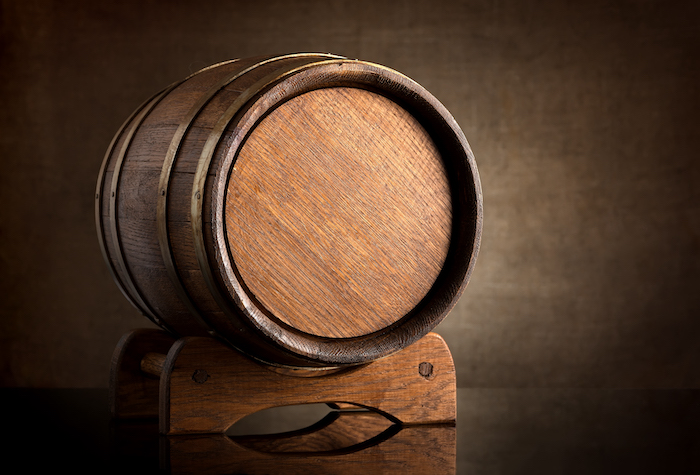
The basic idea of a root cellar is to store vegetables in the ground. This is because the ground is cool, turning the root cellar into a refrigerator-like storage unit.
There are many different types of root cellars, some of which are attached to the home and others that are not.
Basement Root Cellar
If you are lucky enough to own a home with a basement, you may be able to turn a portion of your basement into a root cellar. Almanac suggests:
- The best method is to use the foundation walls on the northeast corner as two sides of your root cellar.
- Build the other two walls in the basement with studs and board.
- Insulate the interior walls, ceiling, and door (and any pipes or ducts) to keep the heat out.
Hole in the Ground Root Cellar (aka Traditional Root Cellar)
Traditional root cellars were built underground with reinforced walls. The Hole in the Ground root cellar looks like it sounds – a hole is dug in the ground or into the side of a hill, the sides are reinforced as walls, and a door is placed on top.
Barrel Root Cellar
If you don’t have the space for a full-sized cellar, consider a barrel root cellar. This is simply placing a barrel or garbage can into the ground – deep enough to be buried.
According to Almanac, “Heap earth around the circumference, add straw inside the can with the crops, and cover the lid with straw or mulch and a sheet of plastic to keep everything dry. Root vegetables will store well, even in the coldest weather.”
Earth Berm Root Cellar
There is also an option to build a root cellar partially above ground using an earth berm. These root cellars are sunken into the ground with earth berms on three sides and a door.
How to Store Vegetables in a Root Cellar
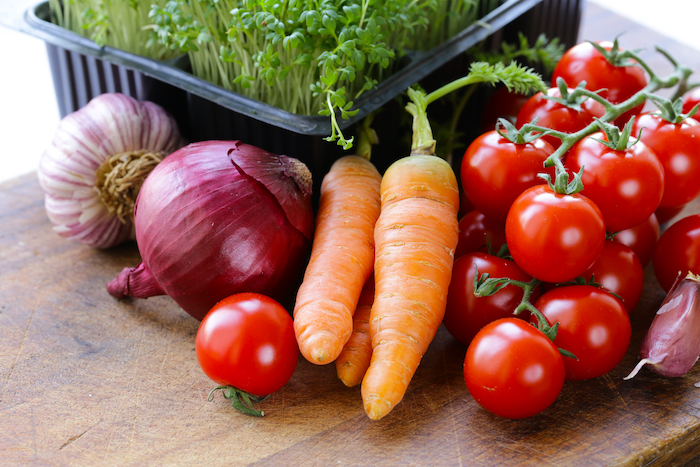
The purpose of building a root cellar is to store produce without a refrigerator for lengthy periods of time.
However, different types of produce have different storage requirements.
Here are some examples to give you an idea.
- Leafy vegetables: Require cold temperatures and high humidity.
- Root vegetables: Allow carrots, beets, parsnips, and rutabagas to grow as long as possible. Then, store them in cold moist storage, such as within a five-gallon bucket with layers of sand or straw.
- Onions: Store them with roots away from sunlight in slightly warmer and less humid conditions.
- Potatoes: Require curing before storing in root cellars. Once cured, they require very cold conditions in complete darkness.
- Apples: Require cold temperatures and high humidity. Some varieties store more easily than others, such as Honeycrisp and Pink Ladies.
- Pears: Require cold temperatures and moist humidity between 80 and 90%.
10 Additional Tips for Storing Vegetables
Use the following tips to get the most use out of your root cellar and enjoy fresh-tasting produce all year long.
- Wait until the end of the season to harvest your vegetables. This will allow them to grow, and they will maintain their freshness for longer.
- Consider the different storage conditions required and plan your root cellar accordingly. Try to stock your root cellar with foods that have similar storage requirements.
- Don’t wash your vegetables. Brush off the soil but leave them be. You want to avoid excess moisture.
- Be sure to cure vegetables before storing them if necessary. Items such as potatoes require curing to thicken their skins, which helps them store longer.
- Don’t store damaged or blemished fruits or vegetables. They will go bad sooner, and they will spread contaminants throughout your root cellar.
- Don’t let it freeze. The foods you store there require cold temperatures but not freezing temperatures. Freezing leads to rot.
- Strategize placement of vegetables. Different areas will maintain different climates and environments. Root vegetables will do better in the lowest areas, while vegetables like squash will need to be stored higher on shelves.
- Invest in temperature and humidity gauges.
- Keep ethylene-producing foods, such as apples and pears, away from other foods. If they are stored close together, they will ripen and go bad.
- Similarly, keep strong-smelling foods, such as cabbage, away from others. Their smells can be absorbed.
Get access to premium content and more!
Have you ‘soiled your undies’ yet?



